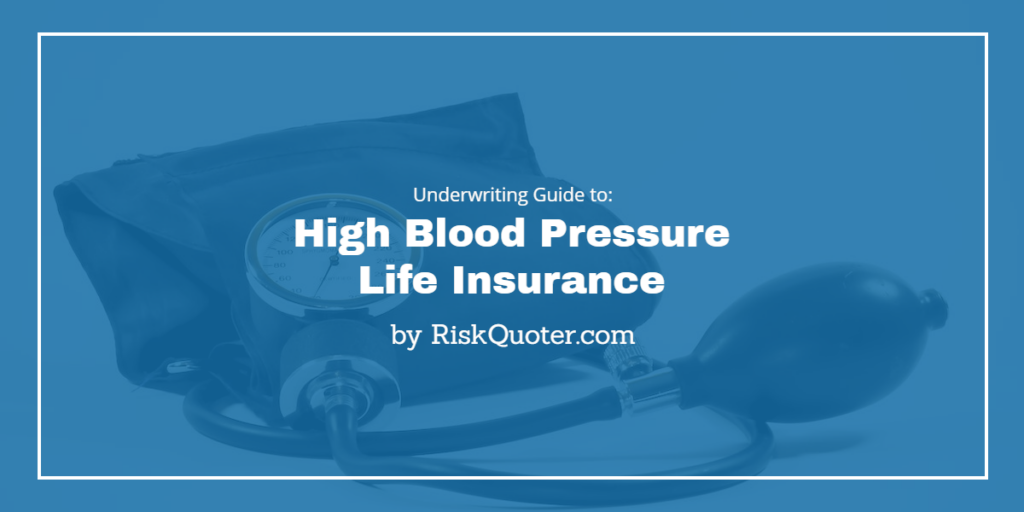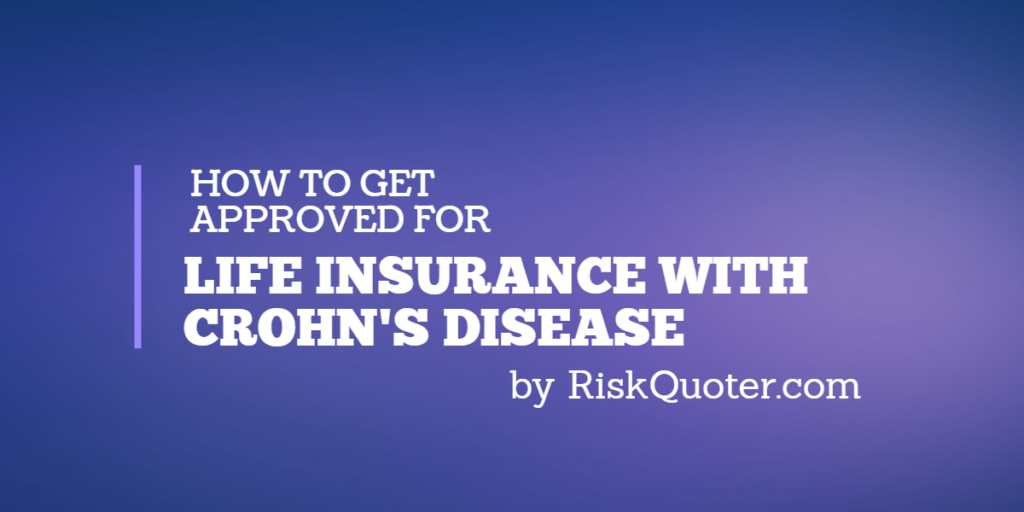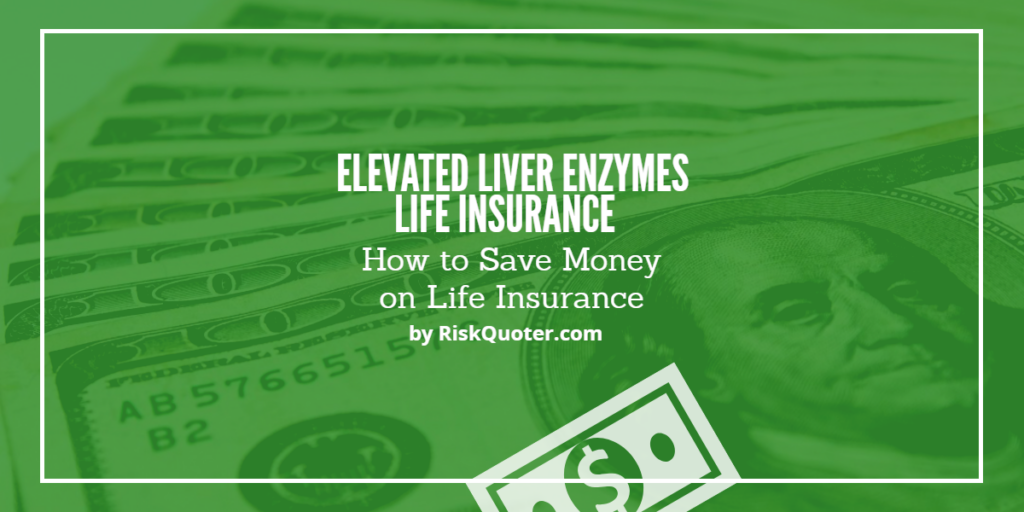Find answers to your questions about getting life insurance with prostate cancer or other prostate issues.
Even with prostate cancer or other prostate issues, you can still get affordable life insurance.
This guide will walk you through everything you need to know.
- Life Insurance Eligibility
- Frequently Asked Questions
- Can I Get Life Insurance with Prostate Cancer?
- Life Insurance After Prostate Cancer Surgery
- Can prostate cancer survivors get preferred life insurance rates?
- Life Insurance After Radiation Therapy for Prostate Cancer
- Prostatectomy Combined with Radiation
- Denied Due to Prostate Cancer?
- Prostate Cancer FAQ
- Prostate Disorders Overview
- Final Thoughts
Life Insurance Eligibility
A prostate cancer diagnosis doesn’t automatically disqualify you from life insurance.
Your eligibility depends on factors like:
- Age at the time of diagnosis.
- PSA level at the time of diagnosis
- The type of prostate cancer treatment received:
- Radical Prostatectomy
- Radiation
- Active Surveillance – Watch & Wait
- Other
- Start and end dates of all prostate cancer treatment
- Time since treatment ended
- Prostate cancer stage at diagnosis
- Gleason score
- Positive or negative surgical margins
- Any recurrence of prostate cancer
- Genomic test results
- Did you receive any hormone treatments?
Several insurers specialize in high-risk life insurance for men diagnosed with prostate cancer.
These companies understand the unique challenges faced by individuals with prostate cancer and offer tailored coverage options.
See What Our Clients Are Saying
Frequently Asked Questions
Have questions about prostate cancer and life insurance? We have answers!
Can I Get Life Insurance with Prostate Cancer?
Yes, even while on active surveillance.
However, it can be more challenging for those under 60.
Coverage options include term, universal, guaranteed issue, and accidental death.
Is life insurance available to you?
| Coverage Available | Age 45-59 | Age 60+ |
|---|---|---|
| Term | YES(1) | YES |
| Universal | YES(1) | YES |
| G. I. | YES | YES |
| Accident | YES | YES |
When you have cancer and are being monitored, insurance companies require your complete PSA history to offer life insurance.
This helps insurers assess the stability of your condition and determine your risk profile.
(1) Some individuals between 55-59 may be eligible for coverage, depending on age, specific cancer details, and treatment plan.
PSA needs to be stable for 12 months for age 60 or older and 3-5 years for age 59 or younger.
This stability demonstrates that the cancer is not progressing rapidly.
Ideal active surveillance candidates:
- Age 60+ at diagnosis
- Stage 1 cancer
- Gleason Score of 6 or less
- Stable PSA for three + years
- Regular visits with your urologist.
Standard rates are available after a 12-month postponement period.
Unfavorable Active Surveillance Factors:
- Age 55 or younger when diagnosed
- PSA Level of 10 or greater
- Gleason Score of 7 or greater
- Stage T2 or greater
- If your urologist recommends surgery or radiation.
Some cases may encounter a flat extra expense.
Note: Genetic testing such as the Oncotype DX GPS test may help.
Genetic testing can provide additional information about the aggressiveness of the cancer, potentially improving your chances of getting coverage.
It’s important to note that these underwriting considerations assume no other significant health conditions, such as diabetes, heart disease, hepatitis, or other cancers.
If you have anxiety triggered by cancer, companies don’t hold that against you for underwriting.
Skin cancers other than melanoma are generally not a significant concern for life insurance underwriting.
The best life insurance companies for cancer patients will depend on the above factors.
Contact us to discuss your specific situation and find the best life insurance companies for your needs.
Life Insurance After Prostate Cancer Surgery
Individuals who have undergone prostate cancer surgery (radical prostatectomy) may be eligible for life insurance as early as three months post-operation.[1]
Standard rates are possible, and Prudential may consider a non-smoker plus rate.
Ideal Radical Prostatectomy Candidates
- Pretreatment PSA levels of 10 or less
- Gleason score of 6 or less
Post-surgical pathology stage T2b or less- Negative surgical margins
- PSA level less than 1.0 after treatment
- Age 60 or older at the time of diagnosis
- No family history of prostate cancer
- No lymph node involvement
If you don’t meet the above, there will be a 12-month postponement period for life insurance. [2]
Unfavorable Radical Prostatectomy Factors:
- Pretreatment PSA 11-20
- Gleason 7
- Cancer stage T3a
- Hormone therapy before treatment
- Diagnosed between the ages of 50 – 55
- Positive surgical margins
- PSA >1.0 after surgery
- Gleason 8
- Cancer stage T3b or greater *
- Hormones after treatment *
- Any Recurrence *
- Diagnosed before age 50 *
- Cancerous lymph nodes
* Requires a five-year postponement [1]
Can prostate cancer survivors get preferred life insurance rates?
It’s tough to get a “preferred” life insurance rate after prostate cancer.
Prudential, John Hancock, and Symetra are the only companies willing to consider preferred rates.
Prudential will consider preferred rates if it’s been two or more years since the radical prostatectomy and you meet the above criteria[3] [4]
John Hancock will consider preferred rates ten years after radical prostatectomy.
Symetra’s Preferred Cancer Program (PCP) is case by case for consideration.
Life Insurance After Radiation Therapy for Prostate Cancer
Life insurance companies typically require a waiting period of at least 12 months after completing radiation therapy for prostate cancer.
This allows time to assess the effectiveness of the treatment and ensure that the cancer is in remission.
Underwriters want to see that the treatment works and that the cancer is in remission.
Critical to getting insured is the need to have documented follow-ups and all PSA test results from the first elevation to 12 months after completing radiation.
Ideal factors for radiation patients
- A pretreatment PSA level of 10 or less
- Gleason score of 6 or less, and some Gleason 7 (3+4)
- Post-treatment PSA level of 0.2 or less.
- PSA level stable for more than 12 months
- Age 60 or older at the time of diagnosis
If you meet the above, some life insurers will consider “standard” rates or possibly a “non-smoker plus” rate.
Unfavorable radiation treatment factors:
- Gleason Score of 7 (when it’s a 4+3)
- Under Age 60, when diagnosed
- Hormonal Therapy
- PSA Increase of 1.0 or more above your nadir
- Gleason Grade of 8 or greater.
- PSA increases greater than 2.0 ng/ml are considered a recurrence.
Cancer recurrence requires a five-year postponement period.
Types of radiation treatment include:
- Internal radiation such as brachytherapy.
- External radiation – EBRT- IMRT, IGRT, 3D-CRT, SBRT, and Proton Beam.
A quick note about radiation – The type of treatment and radiation dose doesn’t matter as much as the medical outcome.
We’ll also need to know about prostate disorders such as BPH, prostatitis, and high-grade PIN.
Have you had any genomic testing completed? Let us know your test and the result, as it can help with underwriting.
Genomic prostate cancer tests include:
- Decipher
- FoundationOne Liquid CDX
- Oncotype DX
- Prolaris Test
- ProstaVysion
We’ll share these test results with companies to get coverage for you.
Prostatectomy Combined with Radiation
When you receive surgery and radiation, there will be a postponement period that follows the above radiation guidelines.
In addition, the rates tend to be more expensive due to the increased concern about your diagnosis requiring both treatments.
Underwriters are concerned about the potential to spread to lymph nodes, your bladder, or gastrointestinal organs.
Any underwriting offers will likely include a table rating and a flat extra expense.
For a deeper understanding of your prostate cancer diagnosis, we recommend visiting Prostate Cancer Foundation website.
Hormone Therapy’s Impact
It’s vital to disclose if you’ve had any hormone therapy as part of treatment.
Underwriters also want to know if hormone therapy took place before or after a radical prostatectomy.
Therapy after surgery represents a greater concern to underwriters.
Denied Due to Prostate Cancer?
Have you been denied because of prostate cancer?
Many denials result from applying with insurers who don’t specialize in high-risk life insurance.
We work with several insurers who understand prostate cancer.
Individuals with advanced stage 3 or stage 4 prostate cancer may still be eligible for burial insurance, a type of guaranteed issue life insurance.
Prostate Cancer FAQ
The following are the most common questions we receive.
You can get life insurance if you meet the criteria we described above.
Life insurance is available if you meet the active surveillance criteria described.
Prudential, Lincoln Financial Group, John Hancock, and Protective Life are some of the best insurance carriers.
For example, some companies specialize in radiation and active surveillance, while others specialize in radical prostatectomy.
Remember that only a few companies specialize in high-risk coverage. That’s why it’s crucial to work with us.
In the early years, life insurers prefer radical prostatectomy. Radiation and active surveillance receive similar offers as more time passes.
Prostate Disorders Overview
Working with an insurance professional who specializes in high-risk health conditions is crucial to securing the most favorable life insurance rates.
Prostate-specific antigen (PSA) is a protein produced by the prostate gland.
A PSA test is a simple blood test that measures your PSA.
PSA Elevations
Elevated PSA levels, often detected during a life insurance paramedical exam, can be the first sign of a prostate disorder for many men.
If you have a history of elevated PSA levels, you might be concerned about your eligibility for life insurance.
Your life insurance options depend on your medical history and the reason for your elevated PSA.
Normal PSA levels depend on your age:
| Age | PSA Level |
|---|---|
| Under 49 | 2.5 ng/ml or less |
| 50-59 | 3.5 ng/ml or less |
| 60-69 | 4.5 ng/ml or less |
| 70 or older | 6.5 ng/ml or less |
What happens when your PSA is elevated from the paramedical?
It’s not unusual for PSA levels to be slightly elevated for some men, even in the absence of prostate issues.
Underwriters will take one of the following actions:
No Action – If the elevation is minor and you have no history of prostate problems, underwriting may proceed with your application as usual.
History of Elevated PSA – If your past PSA elevations have been thoroughly evaluated, we can usually get you covered with the right companies.
First Time Elevation – If the paramed is the first known elevation of your PSA, you will most likely be postponed until it is evaluated.
Postponed – Underwriting may postpone your life insurance until you complete a repeat test at your own expense.
Declined – When your PSA level is significantly elevated, life insurers will decline you until you get checked.
If repeat tests show normal levels, we can get underwriting to reconsider and offer coverage.
If your PSA remains elevated, we may need to wait for follow-up testing before coverage is available.
When PSA levels exceed 4.0 ng/ml, companies will postpone you until you have follow-up tests like DRE (digital rectal exams) or prostate biopsies to investigate further.
Benign Prostatic Hypertrophy
Benign prostatic hyperplasia (BPH) is an enlarged prostate.
If you have BPH, your prostate gland has grown and may cause bladder obstruction.
BPH can lead to bladder, kidney, or urinary tract problems.
BPH does not pose problems as long as prostate cancer has been ruled out.
Prostatitis
Prostatitis is an inflammation of the prostate.
You may experience pain or difficulty with urination.
A urinalysis helps rule out serious issues like bladder cancer.
Prostatitis may be acute or chronic bacterial prostatitis.
Antibiotics are common to help resolve symptoms.
Prostatitis is generally not a problem with underwriting as long as there are no other related health issues.
Prostatic Intraepithelial Neoplasia (PIN)
PIN is a condition where the lining of the prostate shows abnormal cell growth (dysplasia).
Changes or irregular growth of the prostate gland cells, and is diagnosed via a biopsy.
PIN is classified as either Low-Grade PIN or High-Grade PIN.
High-Grade PIN is considered a pre-cancer of the prostate,
While low-grade PIN is a non-factor for life insurance underwriting purposes.
With any prostate disorder, we will ask you questions to gain a solid understanding of your history.
We’ll show you where to look for the information we need on your reports.
We’ll tell you what questions to ask your physician for us to get you the best life insurance rates.
Final Thoughts
There’s never any pressure or obligation with our service.
We provide underwriting feedback from insurance carriers specializing in high-risk underwriting.
Contact us today to get started.
Recent Articles:
Addison’s Disease Life Insurance
If you have Addison’s Disease and need life insurance, let us help you. Our life…
Best Life Insurance Companies for High Blood Pressure in 2024
Bladder Cancer Life Insurance
We help bladder cancer survivors find affordable coverage from life insurers specializing in high risk….
Cervical Cancer Life Insurance
Life insurance is now possible for cervical cancer survivors. We’ll help you find affordable coverage…
Crohn’s Disease – Get the Life Insurance You Deserve
Elevated Liver Enzymes Life Insurance (Here’s How You Get Approved!)
Sources for This Article
[1] Prudential Financial, Inc. (2017) Prostate Cancer [PDF file]
[2] Lincoln National (2020) Prostate Cancer Life Insurance Application Result
[3] Prudential Financial, Inc. (2016) Good News for Clients Treated for Cancer [PDF file]
[4] John Hancock Insurance (2018) Field Underwriting Guide – Your Guide to Underwriting Impairments, Part II Pg. 23 [PDF file]








